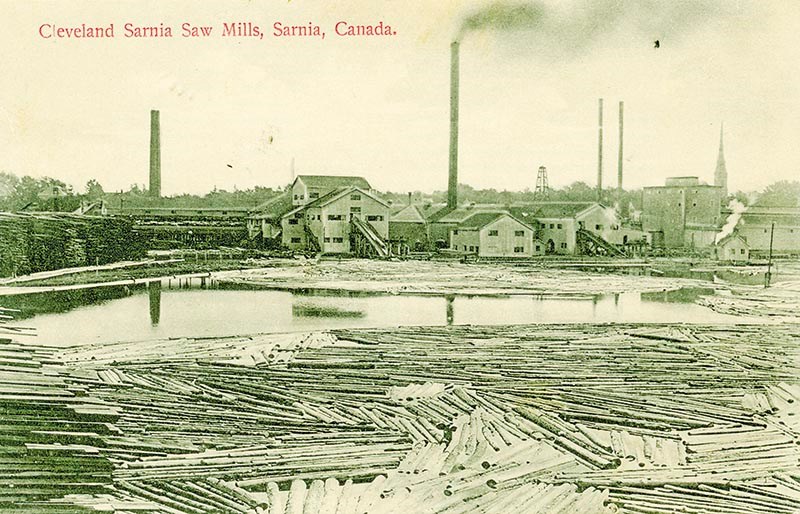City council did the prudent thing last week by postponing a million dollars worth of upgrades in Centennial Park.
Priority one must be removing the fences and restoring public access to the park, two-thirds of which has been off limits since the discovery of toxic lead and asbestos in the soil.
The new lighting and paved trails proposed by city staff would be nice. But they aren’t essential to getting people back on our waterfront common and restoring civic pride.
The frills can wait.
As it stands, doing the bare minimum of laying down a foot and a half (0.5 metres) of clean soil and hard-capping the rest will cost $5 million to $6 million.
That’s a king’s ransom in a city already draining its rainy-day reserves to maintain operations and minimize property tax increases.
Some terrific ideas have been proposed for Centennial Park. But if we’re reading the general mood correctly, Sarnians have little appetite for grandiose schemes right now. Even the relatively modest legacy project intended to replace the MacLean Centre draws more shrugs than thumbs-up.
In short, people want to get their park back, without breaking the bank.
The 12-acre site has a long industrial history. It was home to the city’s first sawmill, a pesticide manufacturing company, a power plant and a salt mine.
The land was sold to the city for $250,000 and designated for parkland. When the harbour was dredged the muck was used to backfill the site, which was already contaminated with salt.
The current problem came to light in June of 2012 when someone reported seeing a tar-like substance in the park, which investigators found was bubbling up from the ground.
It appears the worst of the contamination arrived in the fill material used to reclaim the land, parts of which were originally marshland.
When asbestos was found in the topsoil it raised concerns that even mowing the grass could cause fibres to be disturbed, city staff said.
Unfortunately, the contamination extends into the beach area in front of the playground. That means a wall will have to be built and pavement added, eliminating one of the last natural beaches and easy access points to the river south of the Blue Water Bridge.
Centennial Park was opened on Dominion Day in 1967, as part of Canada's centennial celebrations. With final council approval on June 30, the park can begin to reopen for public use during the city’s own centenary.
- George Mathewson
